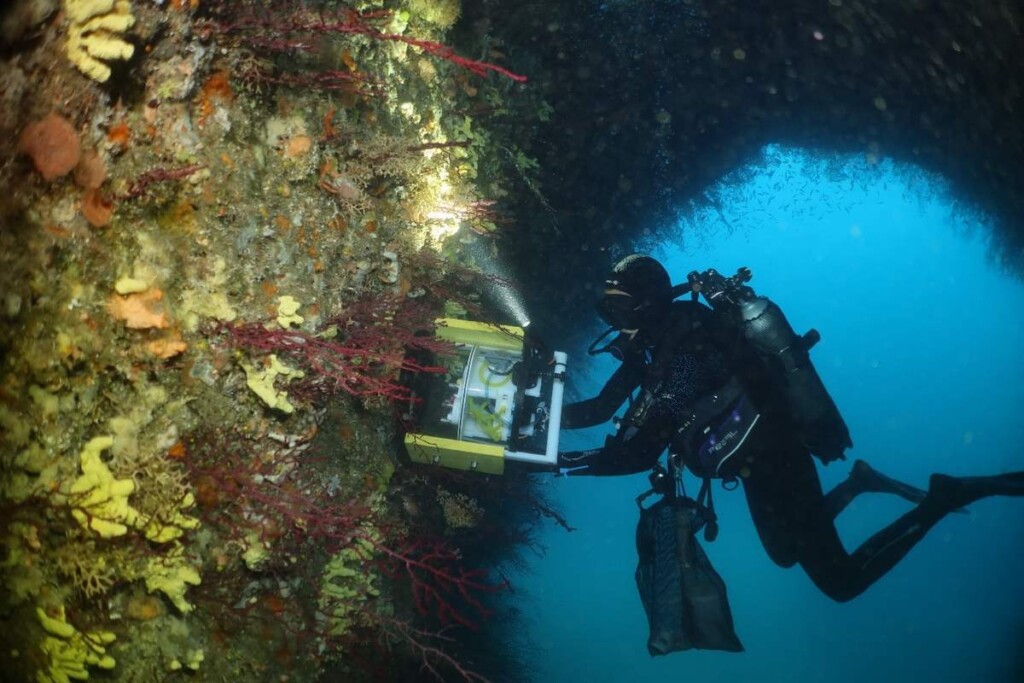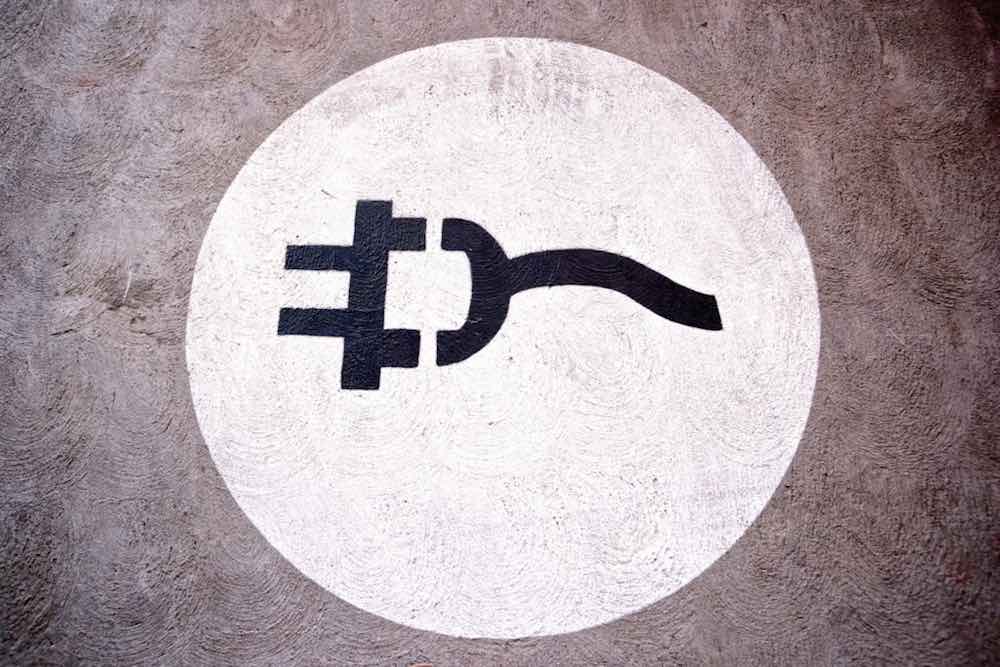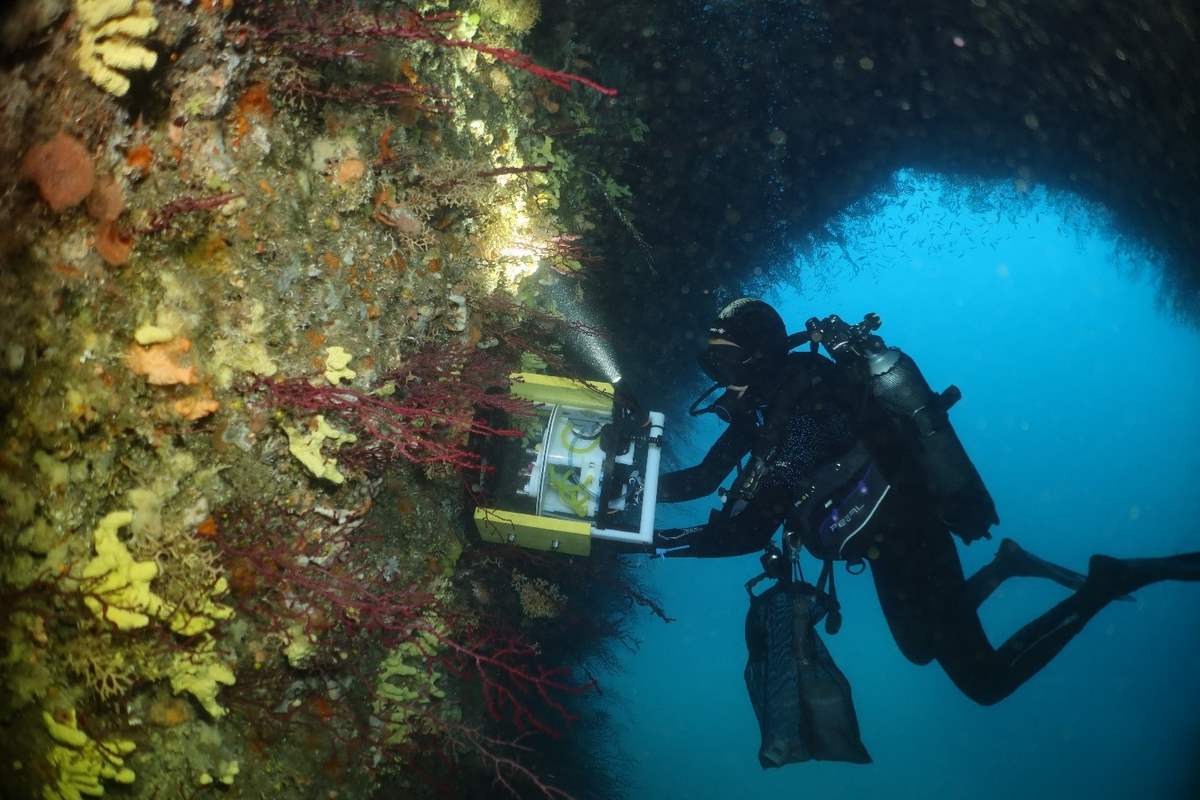
Marine organisms are constantly releasing invisible molecules under the ocean’s surface, and much like a million anonymous plants in the Amazon, scientists believe that some of these compounds could be the medicines of the future.
A study team at the Mediterranean Institute of Marine and Continental Biodiversity and Ecology has developed a proof-of-concept device that sniffs, in a way, seawater, trapping dissolved compounds for analysis.
They have shown that it could “easily” concentrate molecules that are present in underwater caves and that it holds promise for drug discovery in fragile ecosystems, such as coral reefs.
“A drop of seawater is like a spoonful of dilute soup: it’s a complex broth of dissolved molecules from ocean-dwelling organisms,” said study co-author Doctor Thierry Pérez.
To identify what’s in the mixture, scientists need to be able to observe concentrations of those molecules in isolation.
Dr. Pérez and his colleagues wanted to develop an underwater instrument that captures and enriches dissolved compounds produced by sponges and other marine organisms without harming their ecosystem.
They created a waterproof device that could be easily handled by an underwater diver and that could pump seawater through disks, which have a similar feel and thickness as make-up remover pads.
The team tested the instrument—called the In Situ Marine moleculE Logger, or “I-SMEL” – in 65-feet-deep Mediterranean sea caves that contained a variety of massive sponges.
NEW DRUG DISCOVERIES: In World First, AI System Develops New Drug, Cuts R&D Costs By 80%, Moving it to Trials For OCD Patients in 1/5 the Time
After sampling the water, the researchers assessed the captured compounds via mass spectrometry. The compounds had diverse elemental compositions, and many had molecular structures that are unknown, according to the findings published in the journal ACS Central Science.
The researchers say it’s “promising” for the discovery of new natural products.
Several metabolites, including brominated alkaloids and furanoterpenoids, captured from seawater were present in three sponge species that the researchers had examined in detail, but surprising variations existed between the sponges and the water around them.
MORE STORIES LIKE THIS: The Steve Irwin of Mushrooms: Paul Stamets Works to Save Rare Ancient Fungus to Protect Us From Pandemics
“For example, aeroplysinin-1 was approximately 20 times more abundant in the extracts from seawater than within a yellow cave-sponge extract,” said Dr. Pérez
The research team says that “I-SMEL” represents a non-invasive way to capture molecules of interest to provide insights into an ecosystem’s health or detect new molecules for future drug discovery efforts.
SHARE This Smelly Story With Your Friends Who Love A Good Invention…




















